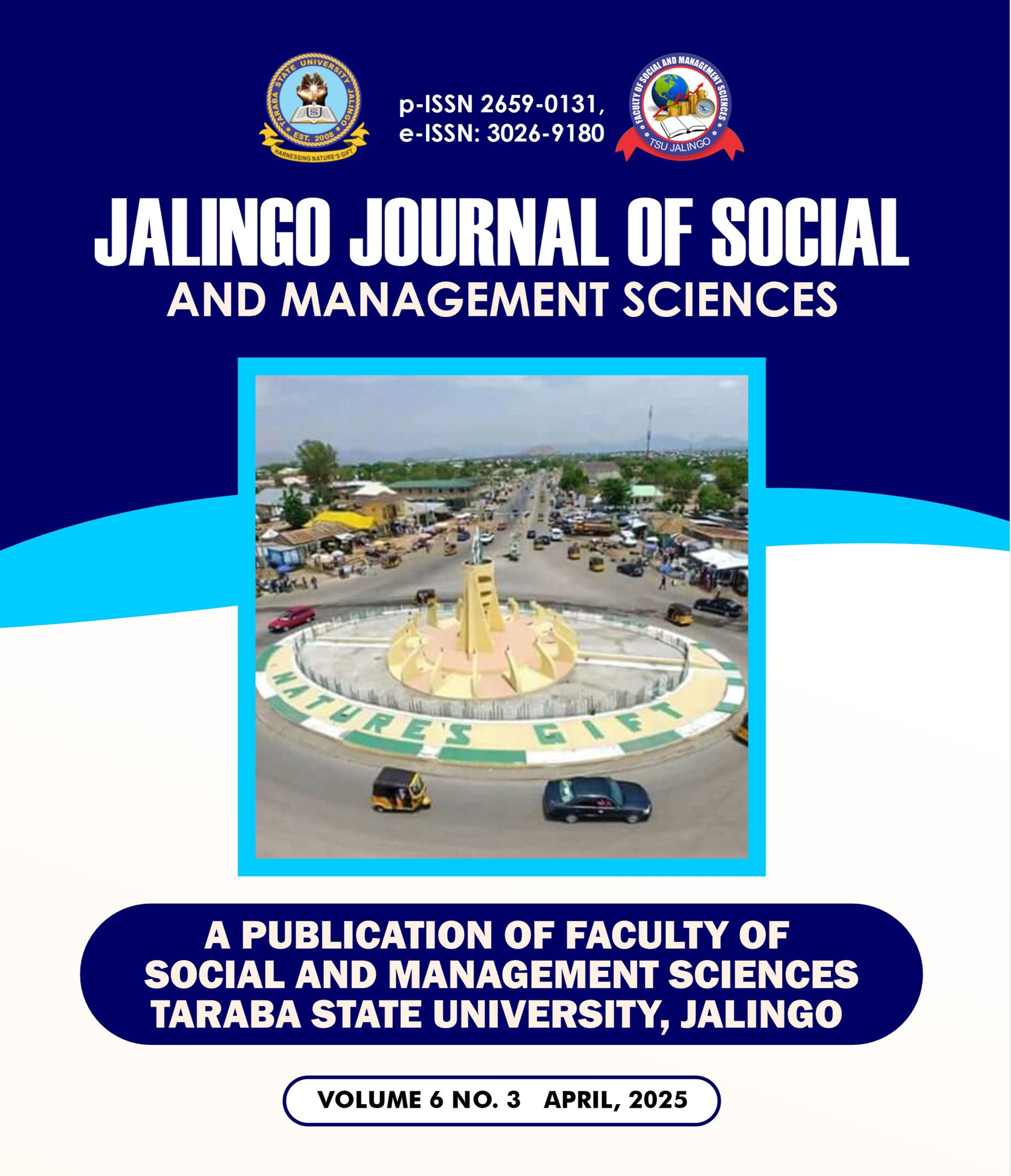‘Japa’ and ‘Japada’: The Social Media Representations of Migration and Return in Nigerian Context
Keywords:
Migration, Returnees, Social Media, Jápa, JápadàAbstract
While the rise in youth migration from Nigeria, popularly termed 'Jápa', has become increasingly visible on social media, the phenomenon itself predates digital platforms and is rooted in longstanding socio-economic challenges. This growing trend reflects a significant shift in how digital narratives influence individual choices and national migration patterns. This study investigates how social media representations of migration and returns shape perceptions, decisions, and discourse among Nigerian youths. A quantitative survey design was adopted, with data collected from 394 respondents across Ogun State, Nigeria, selected through a multistage sampling technique using the 2025 estimated population projection figures of 6,150,000. A structured questionnaire served as the primary instrument, and data were analysed using descriptive statistics. Findings reveal that, although socio-economic conditions are the main drivers of migration, social media reinforces migration aspirations by amplifying idealised ‘Japa’ narratives and underrepresenting the complexities of return, which are often portrayed with frustration and disillusionment. The study also found that social media is used to critique government migration policies, highlighting its role in shaping public discourse. These findings support Everett Lee’s push-pull theory, which acknowledges that both structural realities and mediated perceptions influence migration choices. It concludes that addressing the ‘Japa’ phenomenon requires not only strategic communication but also comprehensive policies that create jobs, improve living standards, and support returnees. The study recommends promoting balanced digital narratives, strengthening reintegration frameworks, enhancing youth media literacy, and investing in infrastructure to reduce the push factors sustaining migration.

Downloads
Published
Issue
Section
License
Copyright (c) 2025 JALINGO JOURNAL OF SOCIAL AND MANAGEMENT SCIENCES

This work is licensed under a Creative Commons Attribution-NonCommercial 4.0 International License.
